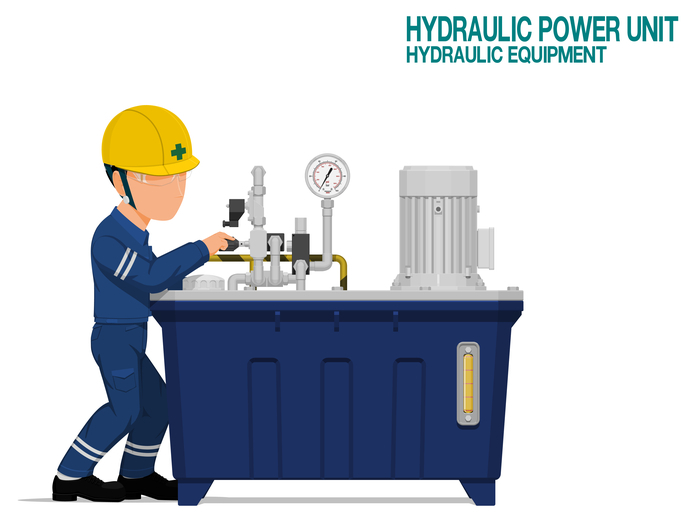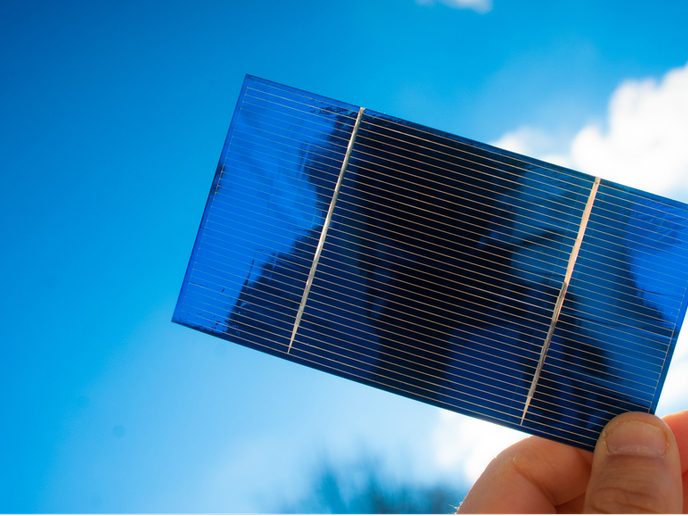Inspection system offers safer, more efficient and cost-effective power line cable maintenance
Manual inspection is the most common approach for the safe maintenance of power lines. However, to cover hundreds of metres, personnel ideally need a long-range automated system to check and gather information on the structural integrity of cables. Nesne Electronics, a Turkish manufacturer of innovative electronic components, developed an inspection system that periodically schedules maintenance when required, reducing the costs associated with unnecessary inspection man-hours, maintenance and unexpected breakdowns. This will increase the availability of power lines while reducing downtime. It will also boost efficiency in the power industry through proactive maintenance, and offer an improved and more efficient management of power lines and grids.
Taking hardware and software to another level
The EU-funded Intel-Line project enhanced and upgraded the prototype system and scaled up production. “The project translated the technology for non-destructive ultrasonic inspection and monitoring of aerial high-voltage electric power cables into a commercially viable product by further improving the hardware, software, including its control, display and reporting features, and the collar,” says Hilal Tolasa Gündogdu, general manager of project coordinator Nesne Electronics. To improve the defect detection resolution, project partners performed modifications on system components like clamps, transducers and signal processing algorithms. They upgraded the ultrasonic functionality of the transducers and electronics (pulse receiver, power supply, energy harvesting system) to optimise the excitation of the guided waves in multiwire cables, software and user interface design, clamp assembly and mechanism. This helped to reduce the fitting time from 30 min to under 5 min. The Intel-Line consortium achieved a significant project milestone by testing the prototype system under significant high-voltage (up to 400 kV) and lightning impulses (up to 1 200 kV). The tests were successful and the results demonstrated that the system is suitable for high-voltage applications. It kept operating during and after high-voltage testing. Demonstrations were successfully carried out at the three project partners in France, Turkey and the United Kingdom.
Step change in condition monitoring and structural integrity
“The system provides a permanently installed structural health 24/7 monitoring solution for transmission lines that’s safer than existing inspection techniques and also replaces unreliable periodic visual inspection,” adds Gündogdu. “It’s a quick, easy-to-install and cost-effective solution for inspecting cables.” It uses ultrasonic guided waves to inspect all high-voltage electrical cables and performs real-time condition monitoring of cables. After initial installation, no helicopters and skilled personnel are required during inspections. The system also generates valuable data that links the degradation of cables to local environmental conditions, usage and simple ageing. As part of its dissemination and exploitation strategy, the Intel-Line team attended conferences and exhibitions, and started to strengthen stakeholder networks. Major electricity transmission/grid companies and solar energy and inspection SMEs with significant market positions have all been contacted. Commercialisation is underway. “Thanks to condition-based maintenance that significantly lowers operation and maintenance costs, Intel-Line will have a significant positive impact on the power industry,” concludes Gündogdu. “It will also enhance safety by reducing or eliminating helicopter line inspection and attached harness inspection, and improve the quality of visual inspection practices commonly used today.”
Keywords
Intel-Line, inspection, maintenance, cables, power line, high-voltage, monitoring, ultrasonic, defect detection







